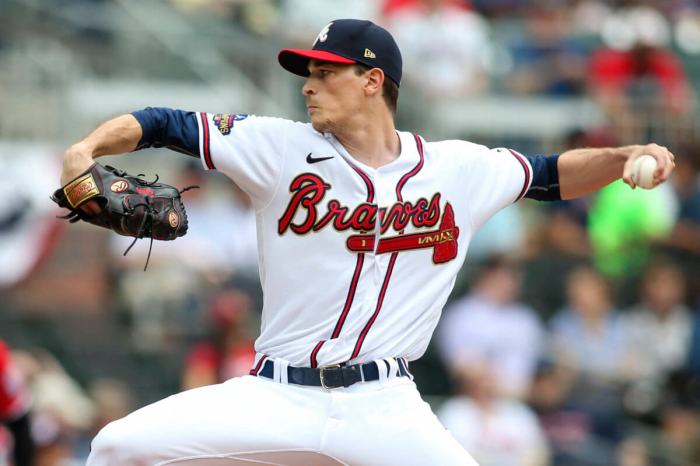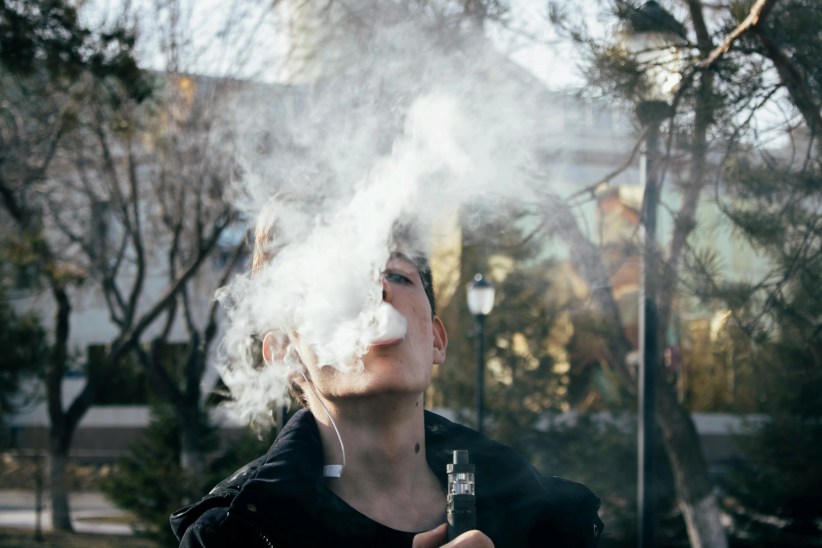By Dustin Brown
Centuries ago when American Indians followed herds of buffalo in their migrations across the Great Plains, a group of dancers would always arrive first to flatten the tall stalks of grasses to make room for the tribe to camp.
Although that tradition died with the encroachment of American settlers, the grass dancers’ style of movement lives on in the dance forms displayed last weekend at the 23rd annual Thunderbird American Indian Mid-Summer Pow-Wow.
“Pow-wow” comes from an Algonquin Indian word meaning to rejuvenate or rekindle. It describes what Thunderbird founder Louis Mofsie said is “a very informal type of gathering where we come together to dance, to sing, to eat and to meet friends.”
The grasses of the Queens County Farm Museum in Floral Park were transformed into a wide performance ring for the three-day event, bounded by loose rope fence and bales of hay where spectators and participants could rest as they watched the dancing.
The pow-wow was sponsored by the Thunderbird American Indian Dancers, a Manhattan-based organization founded in 1967 to provide support for urban-dwelling American Indians — most of whom are detached from the resources readily available on Indian reservations.
Funds from the pow-wow finance educational scholarships for American Indian students in the city.
Through three days of competition spanning Friday to Sunday, groups of dancers filled the center ring to perform various styles of American Indian dance, with the best performers winning cash prizes at the conclusion of the event.
The grass dance, in which the dancer performs gestures that mimic the act of matting down the grasses of the Great Plains, was only one style out of about a dozen presented this weekend, all of which evolved uniquely out of American Indian custom and belief.
According to Mofsie, American Indian culture has seen a resurgence in recent years, thanks largely to the heightened interest American Indian youth have shown in their heritage.
“When you’re young, you’re really self-conscious about it,” said Simone Segree, an 18-year-old South Ozone Park resident with Powhatan roots who has grown up performing at events like this weekend’s pow-wow.“ But when you grow up, you learn to be proud. It’s fun to explain your culture to other people.”
Although all American Indians are invited to participate regardless of their tribe affiliation, Mofsie said the weekend’s dances predominantly originate with tribes from the western part of the country, which is where the pow-wow tradition began.
While the dances are social rather than ceremonial, they do serve a spiritual function in the way they unite the dancers with their heritage.
“When you see the people dancing, you sense a certain feeling that they have of who they are — their heritage, their spirit,” Mofsie said.
In addition to drawing people of American Indian descent from across the region and the country, the event attracted countless locals who expressed a fascination with the nation’s indigenous culture.
“It gives us a chance to see them as they truly are, not as they’ve been presented through books,” said Denise Richardson, a mother from the Far Rockaways who brings her children to the pow-wow every year.
Irene Porter of Jamaica has been attending the pow-wow for five years, although only in the past six months did she learn from her aunt that she can trace some of her ancestry to American Indians through her great grandmother.
“I’ve always been interested in the American Indians and what was done to them,” Porter said. “I always just did feel kinship, and to find out that I do have some of that blood makes me feel proud.”
Reach reporter Dustin Brown by e-mail at Timesledger@aol.com or call 229-0300, Ext. 154.

































